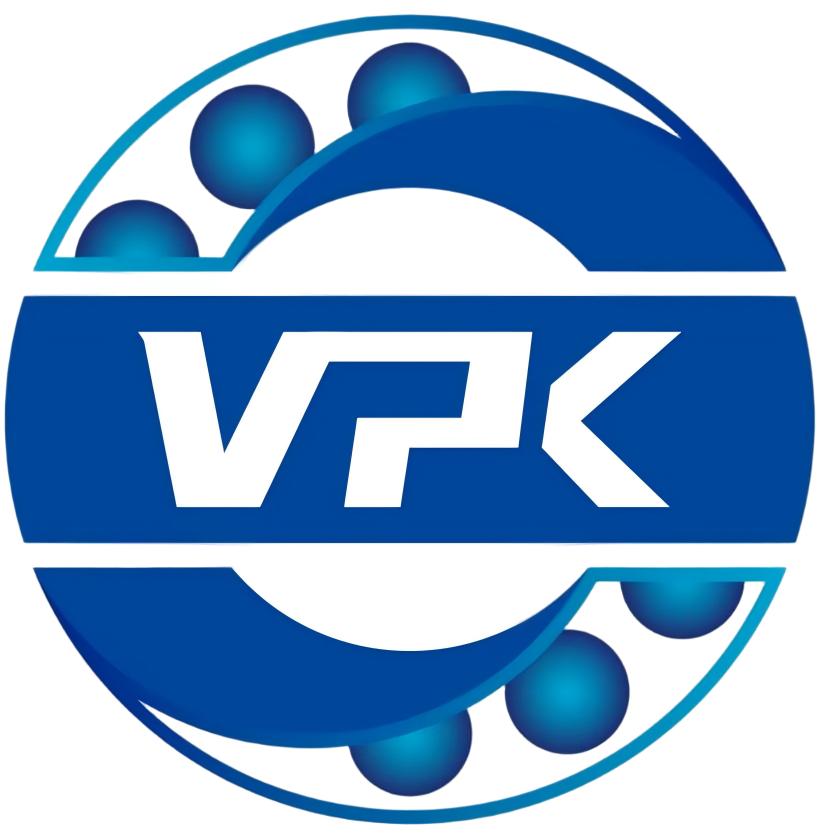Heat treatment governs bearing performance metrics including contact fatigue life (L10 rating), wear resistance, and dimensional stability. Modern production requires ±3°C temperature control and process capability CPK≥1.33. Core sequence: Spheroidizing Annealing → Quenching → Low-Temperature Tempering → Stabilization.
1.Spheroidizing Annealing
Objective: Eliminate forging carbide networks (≤Grade 2), form homogeneous spheroidized pearlite (carbide spheroidization ≥90%, diameter 0.2-0.6μm), hardness 179-207 HB. Two-stage protocol:
- Stage 1: 790±10°C × 2-4h austenitization (partial carbide dissolution)
- Stage 2: 710±10°C × 4-6h slow cooling (≤20°C/h) to 650°C, controlled cooling curveprevents coarse carbide precipitation
Critical parameter: Grain size 7-8 (ASTM E112)
2.Quenching Process
Salt bath (BaCl₂:KCl=3:1) or protective atmosphere (N₂-CH₃OH, oxygen probe ≤0.5%):
- GCr15 steel: 845±5°C × time factor (wall thickness × 0.8-1.2 min/mm)
- Cooling kinetics: 800→500°C cooling rate ≥45°C/s (avoid ferrite formation), slow cooling below 300°C
- Target: Cryptocrystalline martensite (>95%, needle length ≤0.02mm) + retained austenite (<5%)
3.Low-Temperature Tempering
150-180°C × 2-4h (±3°C) in forced convection air furnace:
- ε-Fe₂.₄C precipitation in martensite, hardness 61-65 HRC
- Austenite decomposition: >80% (XRD verified)
- Stress relief model: σ_residual=σ_initial×e^(-0.02t) (t in hours)
4.Special Processes & Innovations
- Austempering: 230±10°C salt bath × 2h → lower bainite (58-62 HRC, KCV≥50J/cm²)
- Deep Cryo: -70°C × 4h (liquid nitrogen spray), austenite→martensite transformation >95%
- Laser Hardening: 1064nm wavelength creates 0.3mm case depth, ↑40% contact fatigue life
Quality Assurance Framework:
| Parameter | Method | Acceptance Limit |
| Carbide network | ISO 5949 metallography | ≤Grade 2 (1000X) |
| Retained austenite | XRD phase analysis | ≤3 vol% |
| Dimensional stability | 120°C×24h aging | ΔD≤0.003%D |
Post time: 5 月-30-2025




